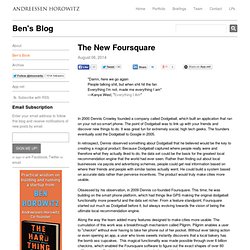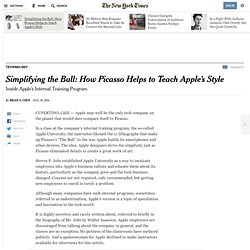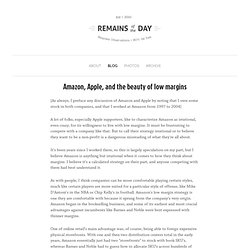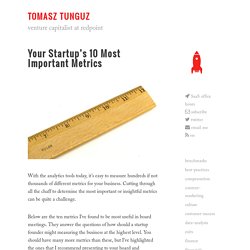

August 12th, 2014. The New Foursquare. "Damn, here we go againPeople talking shit, but when shit hit the fanEverything I'm not, made me everything I am"—Kanye West, "Everything I Am" In 2000 Dennis Crowley founded a company called Dodgeball, which built an application that ran on your not-so-smart phone.

The point of Dodgeball was to link up with your friends and discover new things to do. It was great fun for extremely social, high tech geeks. The founders eventually sold the Dodgeball to Google in 2005. In retrospect, Dennis observed something about Dodgeball that he believed would be the key to creating a magical product. Along the way the team added many features designed to make cities more usable. Despite the breakthrough functionality, the application itself did not feel quite right. For the past year, the Foursquare team has been working to solve this important problem. When you try the new Foursquare, you will understand exactly why splitting the app in two makes perfect sense. SherpaVentures On-Demand Economy report. An App Like Yo Could Turn Out to Be Bigger Than Twitter - WSJ. Inside Apple’s Internal Training Program. CUPERTINO, Calif. — Apple may well be the only tech company on the planet that would dare compare itself to Picasso.

In a class at the company’s internal training program, the so-called Apple University, the instructor likened the 11 lithographs that make up Picasso’s “The Bull” to the way Apple builds its smartphones and other devices. The idea: Apple designers strive for simplicity just as Picasso eliminated details to create a great work of art. Steven P. Jobs established Apple University as a way to inculcate employees into Apple’s business culture and educate them about its history, particularly as the company grew and the tech business changed. Courses are not required, only recommended, but getting new employees to enroll is rarely a problem. Although many companies have such internal programs, sometimes referred to as indoctrination, Apple’s version is a topic of speculation and fascination in the tech world. Continue reading the main story Continue reading the main story. Guest Post: Startup Business Development 101. Amazon, Apple, and the beauty of low margins — Remains of the Day.
[As always, I preface any discussion of Amazon and Apple by noting that I own some stock in both companies, and that I worked at Amazon from 1997 to 2004] A lot of folks, especially Apple supporters, like to characterize Amazon as irrational, even crazy, for its willingness to live with low margins.

It must be frustrating to compete with a company like that. But to call their strategy irrational or to believe they want to be a non-profit is a dangerous misreading of what they're all about. It's been years since I worked there, so this is largely speculation on my part, but I believe Amazon is anything but irrational when it comes to how they think about margins. I believe it's a calculated strategy on their part, and anyone competing with them had best understand it. As with people, I think companies can be more comfortable playing certain styles, much like certain players are more suited for a particular style of offense, like Mike D'Antoni's in the NBA or Chip Kelly's in football. Your Startup’s 10 Most Important Metrics.
With the analytics tools today, it’s easy to measure hundreds if not thousands of different metrics for your business.

Cutting through all the chaff to determine the most important or insightful metrics can be quite a challenge. Below are the ten metrics I’ve found to be most useful in board meetings. They answer the questions of how should a startup founder might measuring the business at the highest level. You should have many more metrics than these, but I’ve highlighted the ones that I recommend presenting to your board and reviewing each week. Metrics Format Clear data leads to productive conversations. I’ve found dividing top level data in three slides, one for company priority (Distribution, Engagement, Revenue) helps to set the right context. The TSM Average column is the Trailing Six Month Compound Growth Rate. (ending_value/starting_value)^(1/(num_periods-1))-1. In most businesses, a monthly growth percent is too volatile to be meaningful. Metrics/Question Pairs Distribution.